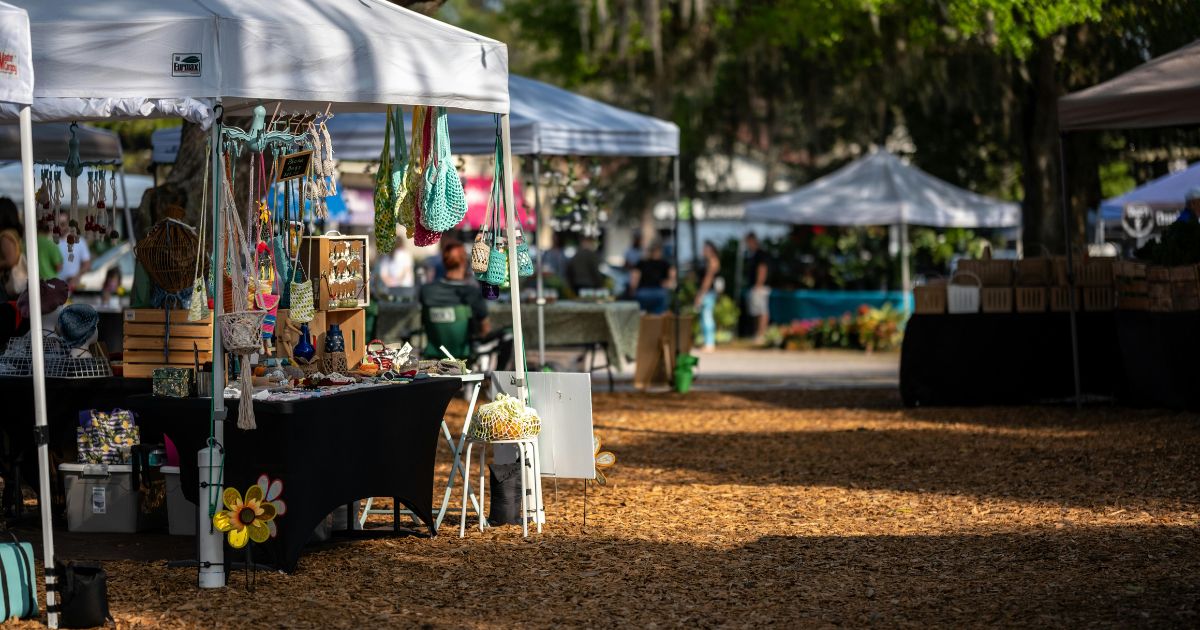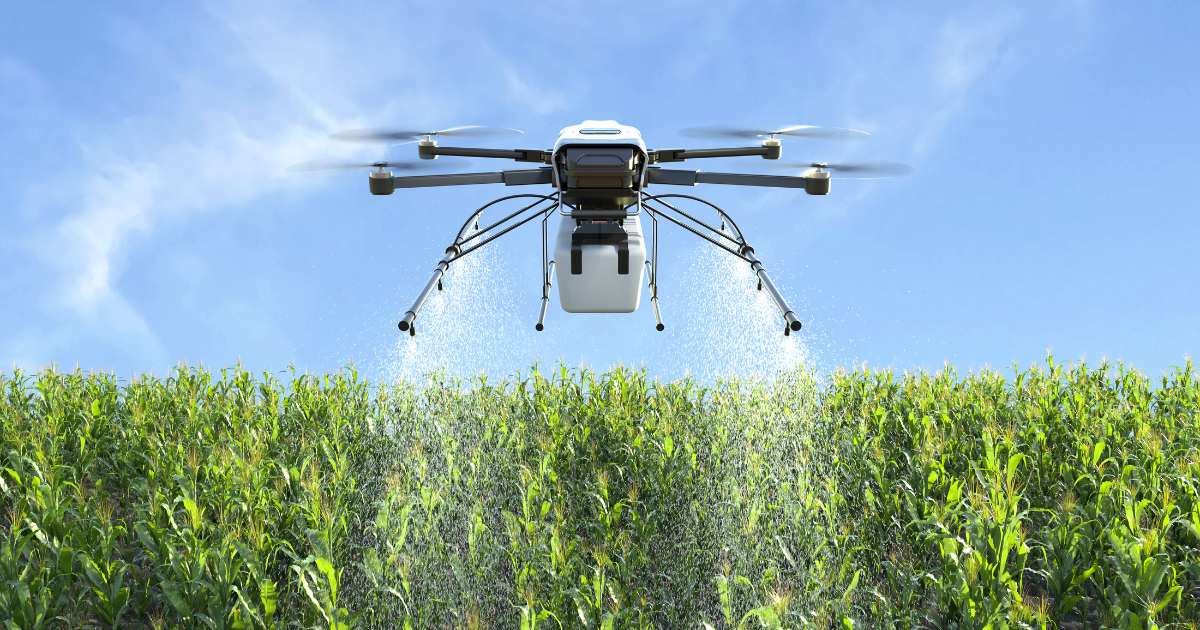
The South African textile industry is seeing an increase in cheap, imported textiles. These are clothing or materials that are deemed fake and illegal due to their unlawful entry into the country. This market update highlights the efforts of industry stakeholders in improving the South African market.
The National Council of Provinces (NCOP) recognises the need to revitalise the clothing and textiles industries to unlock the economic potential of the township and rural economies. This is seen as the gateway to creating more jobs, reducing inequality and empowering local communities.
Through the government’s National Development Plan, it supports the textile, clothing, footwear and leather growth programme, which was implemented by the government and is recently being accelerated. It has planned initiatives to revitalise the sector to unlock its potential, such as the Retail-Clothing, Textile, Footwear and Leather (R-CTFL) Master Plan.
In a debate by government delegates in November 2024, Minister of Small Business Development (SBD), Ms Stella Ndabeni-Abrahams, reminded stakeholders that the government has set strategic actions that will transform the textile sector. However, she highlighted that role players need to support such initiatives for them to be successful in bolstering the economy and creating jobs.
Ultimately, one of the motivations behind growing the textile sector is also due to the decline of South Africa’s textile industry brought on by international trade agreements and global competition. Cheap textiles and clothing from China, Eswatini and Madagascar, to name a few, have resulted in the influx of cheap, possibly low-quality, textiles with which the local market cannot compete.
This led to the joint efforts of the SBD, the Department of Trade, Industry and Competition and the South African Revenue Service to cut down on cheap imports through tariffs, including on e-commerce platforms, and clamp down on fake imports entering the country.
South African Textile Industry Shifts
It appears that consumers are shifting towards more sustainable, locally manufactured products, indicating that there is an awareness and preference for eco-friendly products.
Furthermore, local content regulations are promoting local manufacturing and reducing dependency on imports. This is made possible through trade policies because it enhances export opportunities and market access.
The South Africa Textile Market Report – Q4 2024 indicated that the South African textile industry is undergoing a technological transformation. It is adopting smart textiles and digital manufacturing processes to improve operational efficiencies and product offerings.
What the Numbers Say
When we talk about imports, the numbers combine a few categories under textiles and textile articles. This can be rolls of fabric, clothing, blankets, objects made from textiles such as bags, other apparel or even furniture. Between January and February 2025, South Africa’s imports of these products totalled R11 897 million ($646 million). SARS reported that it is 21,1% more than the previous year, of which 2,7% was for the same two months in the previous year.
The trade figures include transactions with Botswana, Eswatini, Lesotho, and Namibia (BELN).
Exports, on the other hand, rose by 47,1% to R1 964 million ($106,64 million) in February 2025. This showed a year-on-year growth of 1,8%.
Relevance for Small Businesses
Small businesses need sector-relevant support. For the South African textile industry, that means the creation of local business homes and incubation and development programmes. Not only do these programmes need to assist businesses with training, but they also need to help them with market access. One such example is accelerators that help connect SMEs with retailers.
Other focus areas include reducing transportation costs and making the supply chain shorter. This all enables businesses in South Africa’s textile industry to compete on a global scale.
There is also a need to prioritise exports ahead of imports so local textile businesses can grow. Additionally, they also require a skilled workforce, indicating that there needs to be a bigger emphasis on the training of unskilled workers to specifically enter the textile sector.
Ideally, these programmes need to equip young people and women in rural areas with skills such as garment making, textile design, weaving, knitting and entrepreneurship. This will enable them not only to start their own businesses with these skills but also to manage their businesses effectively.













